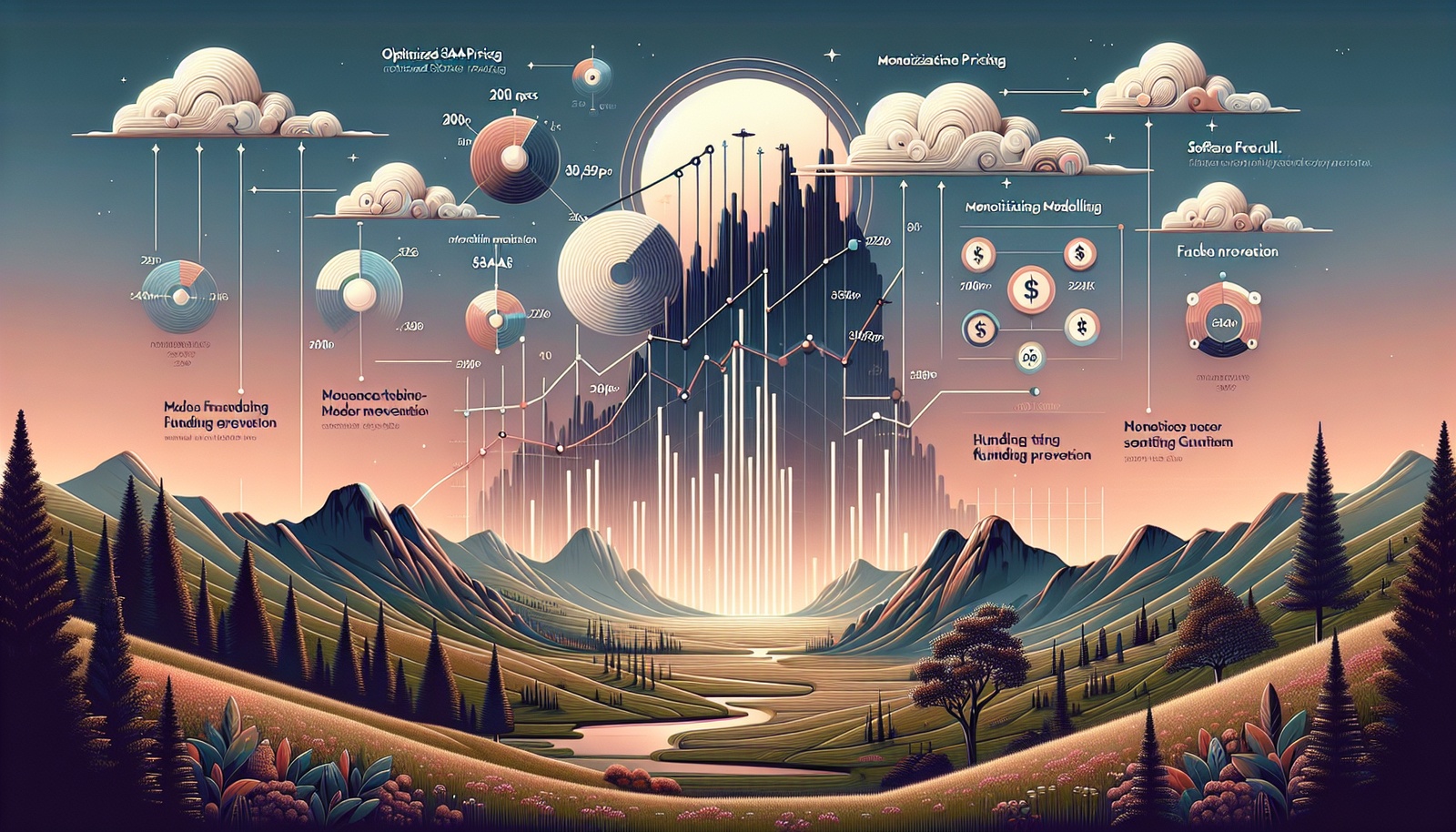Introduction: Why an Accurate SaaS Revenue Forecasting Model Matters
SaaS businesses operate in a subscription-driven model where predictability is currency. Having an accurate SaaS revenue forecasting model enables leaders to anticipate cash flow, optimize growth investments, and communicate with confidence to stakeholders. Whether you’re planning your next funding round or reallocating marketing spend, the strength of your forecast can make or break those decisions.
The role of forecasting in SaaS success
Forecasting impacts headcount planning, infrastructure costs, fundraising timelines, and overall company valuation. Leading SaaS companies use granular forecasting to drive GTM adjustments in real time. As Gartner suggests, “Dynamic revenue modeling is essential in companies with usage-based and expansion-prone revenue streams.”
Who needs this guide and when to use it
This how-to is designed for operators, RevOps leads, finance teams, and founders. If you’ve hit $1M ARR or more and are moving beyond spreadsheets to software solutions, this guide is particularly timely for you.
Essential Components of a SaaS Revenue Forecasting Model
Key revenue types: MRR, ARR, churn and expansion
To forecast effectively, you need clarity on revenue types:
- MRR – Monthly Recurring Revenue
- ARR – Annual Recurring Revenue
- Churn – Lost recurring revenue
- Expansion – Revenue from upsells/Cross-sells
Segment these streams to track the health of each revenue category over time.
Forecast models: Cohort-based, pipeline-based, and hybrid
– Cohort-based forecasts: Use historical data from customer groups to project retention and expansion.
– Pipeline-based forecasts: Leverage sales pipeline stages to estimate future closed-won revenue.
– Hybrid models: Combine historic ARR behavior and current pipeline visibility for balanced certainty.
KPIs to track: CAC, LTV, NRR, and more
Alongside revenue forecasting, monitor key SaaS KPIs:
- Net Revenue Retention (NRR)
- Customer Acquisition Cost (CAC)
- Lifetime Value (LTV)
- Customer Churn Rate
These support more accurate assumptions in your model.
Step-by-Step: Building a SaaS Revenue Forecasting Model
1. Assess your data hygiene and sources
Garbage in, garbage out. Ensure clean CRM records, accurate billing system integrations, and up-to-date SaaS metrics across departments.
2. Choose your forecasting model type
Pick a model aligned with your business maturity and data availability. Startups might favor pipeline-based forecasts, while later-stage companies use hybrid models incorporating churn cohorts.
3. Segment revenue streams accurately
Classify revenue as new, expansion, downgrade, contraction, and churn. Tools like ChartMogul or SaaSOptics can automate this.
4. Apply scenario modeling and sensitivity analysis
Build worst-case, base-case, and best-case scenarios. Adjust conversion rates, churn, and upsell potential to see forecast volatility.
5. Validate against historical actuals
Review forecast accuracy by comparing previous models with actual results. This calibration step helps reduce future variance.
Advanced Features to Look for in Forecasting Tools
AI/ML capabilities for churn and upsell prediction
Leading forecasting platforms now embed machine learning to project customer behavior. These tools analyze historical usage patterns to flag potential churn or expansion events.
Support for dynamic pricing and usage-based revenue
If you operate a usage-based SaaS, tools must reconcile billable metrics (API calls, seats, data volume) with revenue events in near real time.
Collaboration and sync with CRM/BI stacks
Integrations with Salesforce, HubSpot, Looker, or Tableau ensure forecast alignment across departments. Ensure APIs support daily syncing, not monthly exports.
Common Pitfalls and How to Avoid Them
Overreliance on top-down estimates
Don’t simply extrapolate a revenue goal with an assumed growth rate. Blend it with bottom-up forecasts like rep quota capacity and lead funnel analysis.
Underestimating churn and usage variability
Use historical net churn to guide conservative projections. Expansion revenue shouldn’t be overestimated without usage insights to support it.
Not aligning forecasts with strategic goals
Ensure your forecast cadence matches board reporting or fundraising timetables. Quarterly forecasts generally work best with monthly updates.
FAQs About SaaS Revenue Forecasting
What’s the difference between revenue forecast and sales forecast?
Sales forecasting focuses on pipeline deals and bookings, while revenue forecasting accounts for actual revenue recognition, churn, and renewals.
How often should I update my revenue forecast?
Fast-moving SaaS startups should update monthly. Mature SaaS firms can cycle quarterly, supplemented with rolling weekly dashboards.
What model works best for usage-based SaaS?
Hybrid models with real-time product usage inputs work best. Tools like Usage AI or Metronome provide advanced support for this.
Focus Keyword: SaaS revenue forecasting model






